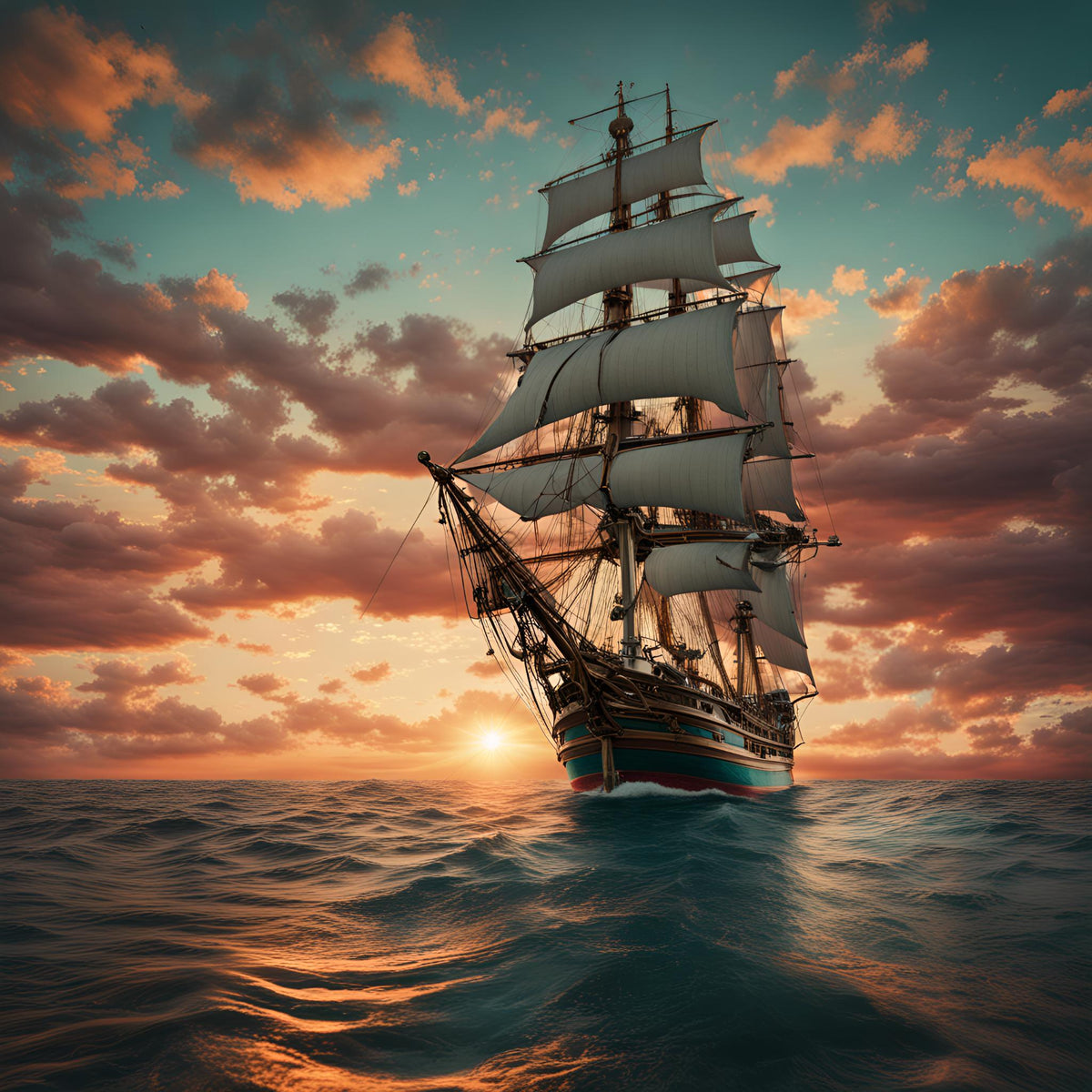That is our affectionate name for a new game we’re learning to play on the boat.
Points gained for correctly distinguishing slapping lazy jacks from slapping halyards without leaving the cabin. Points lost for asking out loud if our refrigerator just kicked on, when the sound is actually someone starting their engine a hundred feet away.
Water is a unique conductor of sound.
We’re still working on who’s winning our game, but my best guess is Colin is ahead by a few points as I keep thinking someone’s walking over my face in the middle of the night.
The other morning’s new sound was a concerning crunch-crunch-crunch.
What part of the hull was being destroyed by concrete?
As we sleepily woke up and poked our heads out of the hatch, it turned out to be a sea otter, pedaling by our stern, having her breakfast.
Man, those guys are big up close.
I always think of otters being the size of cats, but that’s river otters. Adult sea otters nearly outweigh me. We’re learning to distinguish them from seals by the way they float, and usually the pairs are the mama otters teaching their babies to eat, swim, and nap like pros.
Unlike seals and sea lions, otters have no blubber. Their defense against the cold water is their fur. Apparently, the average human has a few hundred thousand hairs on their head, while otters have a million hairs per square inch keeping them cozy.
No wonder sea otters were once hunted near to extinction.
There’s an amazing little museum here called the Pacific House. Even if you’re not the history geeks that we are, it’s worth a visit for the opportunity to pet otter fur. You may even forgive the eighteenth century folk inside their cold palaces for wrapping themselves up in something so cozy it makes you wonder if you could get away with snuggling your cheek into the display.
We hung out in Monterey Harbor a bit longer than expected at the behest of Mother Nature who made the protected harbor, friendly people, and delicious food far more inviting than the gales along the Big Sur coast.
Monterey is a water lover’s dream town.
Squid boats and purseiners ply the waters daily, and the docks are filled with old and young salts in waders and hoodies. The sailboats in the marina see a lot of time on the deep blue based on the telltale jerry cans and dorades. Those without a vessel so large are out in anything that floats—outriggers, kayaks, paddle boards, dinghies, you name it. And those without a craft are swimming in the ocean, which is roughly the temperature of a walk-in freezer.
When someone from Monterey tells you “It’s a bit breezy out there,” you pay attention. I asked the especially polite harbor master if the weather was normal for this time of year. His response was that they hadn’t seen normal weather in at least two years, and they’d been getting calls from 90-ton fishing boats getting the ‘poopie’ beat out of them out there. So we stayed in port a while longer.
My mother is fond of the expression “Good news, bad news, who knows?” Here, while we expected to be further down the coast sooner, being pinned in Monterey led us to meet some truly amazing people and we’re utterly grateful for the experience. Massive thanks and enormous hugs to the crews of Helios, Ramona Ray, West Wind and Pure Magic, who made us wish we could stay a couple decades more. And a special thanks to five-year-old Damian for all the fabulous ‘fish’ he caught with those champagne cork lures.
For fans of California history, Monterey is a paradise, with layers upon layers of cultures that enriched, exploited and conquered each other in this one little spot. The original Rumsien people, Spanish military, Spanish missionaries, Spanish settlers, Russian fur traders, French spies, Mexican ranchers, Portuguese whalers, American soldiers, Chinese fishermen, Italian sardiners, a mix of cannery workers, and now the ubiquitous marine biologists.
Fans of Two Years Before the Mast will be as jazzed as we were to walk into the customs house, feel two centuries disappear, and expect to find Richard Henry Dana waiting to pay duties on his hides.
It may surprise fans of Treasure Island to know that Robert Louis Stevenson waited out a highly scandalous divorce here.
Fans of Cannery Row, of course, have plenty of John Steinbeck-era structures, murals, and artifacts to inspire their imaginations.
And fans of Moby Dick won’t find the white whale, but will find a great local tavern called Melville’s, with books along the bar, fabulous eats and outstanding service.
So Monterey was very good to us. Her last gift was a great weather window to make the 18-hour passage down to San Simeon, which turned into the 25-hour passage to San Luis Harbor—but more about that in our next tale from the high seas.
Fair winds and (equally important!) following seas.

The infamous Monterey Cypress trees in front of the mooring fields.

Provisioning is a blast when farmer’s markets and ice cream are involved.

Thank you, sunshine!

Planning the next passage at Fieldwork Brewery



0 comments